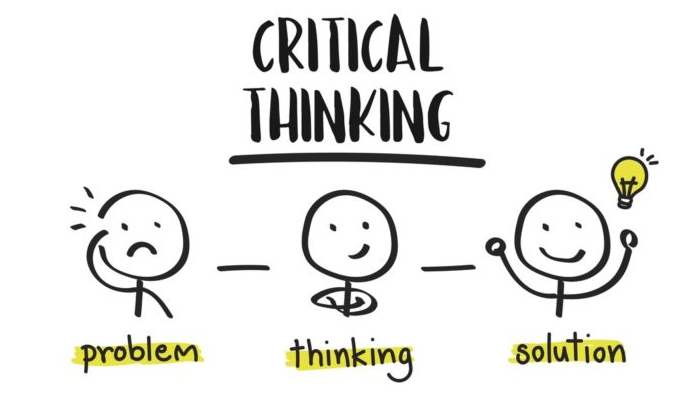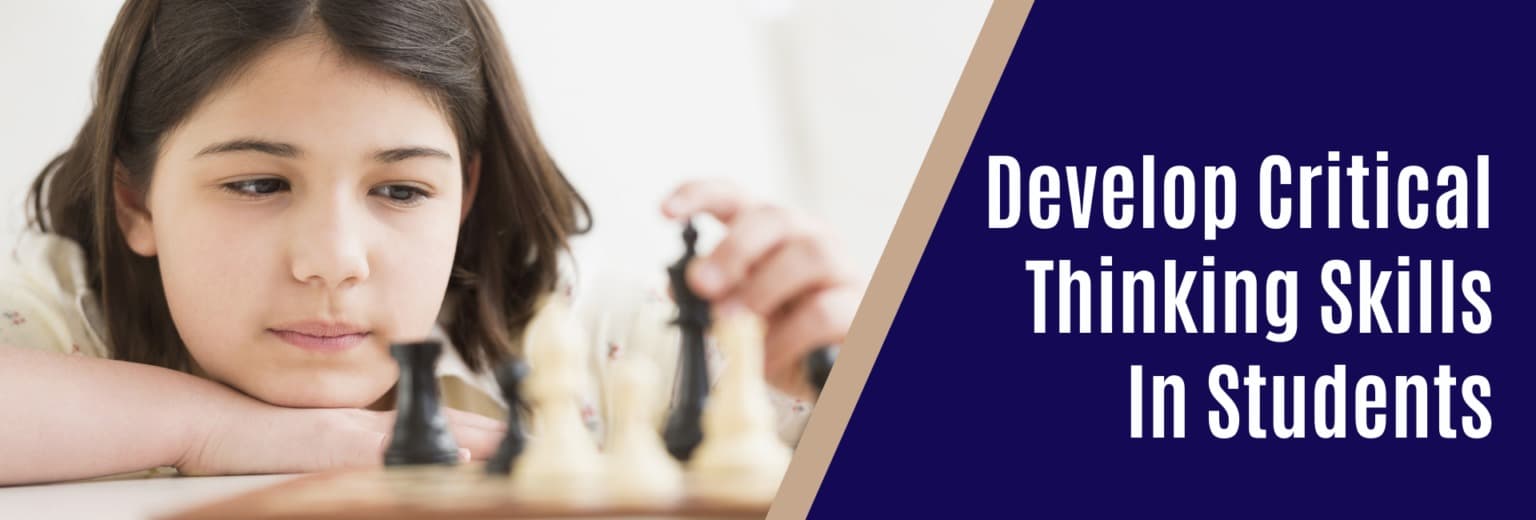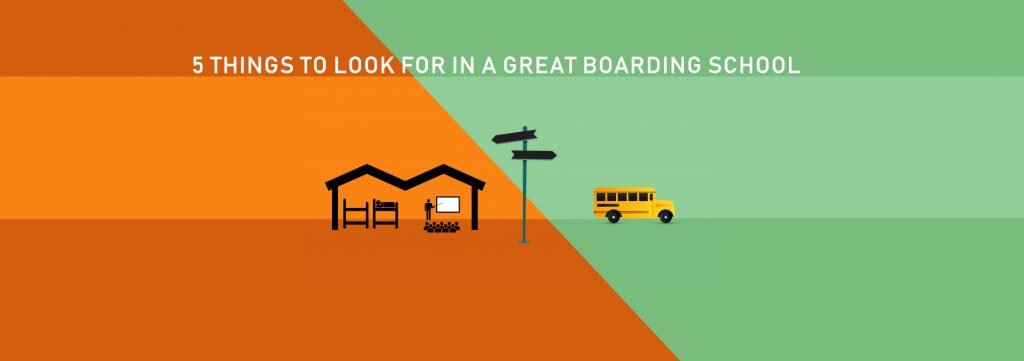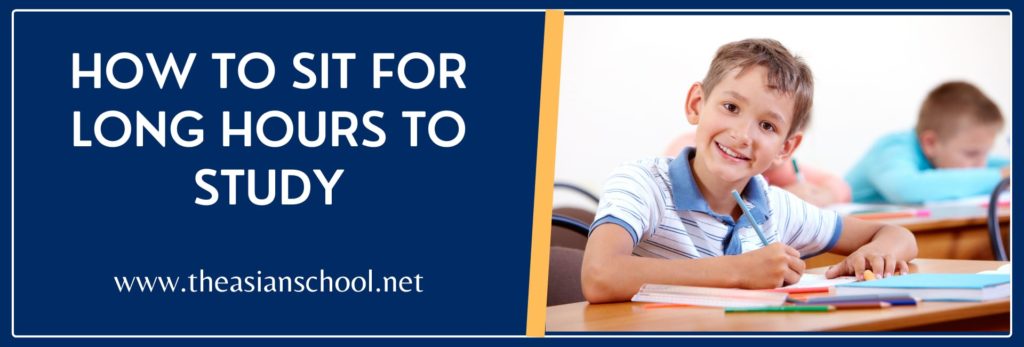Critical thinking is the analytical conceptual method of accurately and passionately conceptualizing, analyzing, applying, and evaluating information collected from or created by experience, reflection, communication, or observation as a mentor to measures and reliance.
In school and college, students require strong critical thinking skills to read and write effectively. Along with this, the jobs need employees to think critically to analyze data, opt for the best course of action, and act on their choices.
The previous students propagate critical thinking, the more skilled they will be at creating refined, thoughtful research of the challenges they face.
At any corner of the world, we ask teachers what they feel are the essential skills for modern learners. Educators, teachers, school leaders have various shared objectives. Although no matter where they barrage from, one of the basic among them is effectively developing critical thinking skills.
Thinking critically is the peak of aggregation experience and knowledge. Some crucial skills that are the base for critical thinking are Communication and information skills, Collaboration skills, thinking and Problem-Solving skills and Interpersonal and Self-Directional skills.
These are the essential skills that students are going to need in any field and in all levels of education.

The Asian School is one of the most reputed boarding school in Dehradun. This school teaches students to think critically. One of the objectives of this boarding school is to ready students to learn through discovery.
Offering opportunities to practice being critical thinkers will help students examine others’ thinking and analyzing the logic of others. Understanding others is a vital skill in everyday life and collaboration. Critical thinking will permit students to do more than just remember knowledge.
Utilizing critical thinking skills could be seen as a change in the standard of learning and teaching. Engagement in education will improve collaboration among teachers and students.
Critical thinking is just systematically and consciously processing information so that you can make the finest decision and commonly understand things better. If you want to know how to develop critical thinking skills in students, so here we highlight some essential ways.
Critical thinking is the opposite of everyday or regular thinking. Like other academics skills, critical thinking needs an excellent deal of practice.
Here Are Some Ways To Develop Critical Thinking In Students:
1. Encourage Project-Based learning
To develop critical thinking is students, it is essential to encourage project-based learning in students. By figure, out and solving real-world problems gets the children out of the classroom and into the real world. Critical thinking is a skill that predominant to success in life beyond school.
Developing critical thinking skills and higher-order thinking skills comes to the limelight here. Project-based learning is the great way to introduce new knowledge, concepts, and ideas that motivated the students to learn and also develop critical thinking skills in students.
2. Freedom To Learn
Give freedom to students to learn things; this is one of the effective ways to develop critical thinking skills in students. After introducing new concepts and content, teachers should give freedom to students to learn what they want to learn.
This way definitely helps students to develop critical thinking skills. When students learn the things of their choice, they will learn effectively. Whatever learning methods, the students want or learn, or he/she comfortable in learning should be encouraged.
The freedom to learn results in the intensified sense of ownership of the problem and creative access to solutions. Along with this also elevate critical thinking as well.
3. Connects Stories To Related Concepts
Connects stories to relatable concepts is also an essential way to develop critical thinking. When students understand the story’s fundamental meaning, ask them to draw connections outside the story by obtaining them to analyze stories that have the same concept.
Also, introduce the additional texts that offer new information or concepts students can utilize to examine the original text. This method permits students to determine the overall importance of real source material.
4. Start Analyzing And Assessing Ideas
Analyzing and assessing the effectiveness of facts and ideas is another primary element of critical thinking. If the students are actively engaged with course material to draw connections with other material, regulate the primary ideas, and evaluate whether the ideas are valid and logical.
The main objective is to push students to think critically about the text at hand to regulate how beneficial and useful it is.
5. Embrace Active Learning
Turning students into active learners is a primary goal of teaching critical thinking. Students frequently engage calmly with the material, or they learn it without truly thinking about it and linking it with what they already know.
It is essential to produce these connections because you are generating expressway in the brain that improves memory. Learning to think critically will help students analyze information and not take it at face value. Critical thinking is an essential skill both in the classroom and in almost any career.
Develop critical thinking skills in students is essential because it helps you make hard decisions and allows you to continue to develop brilliantly after you graduate. The critical thinking set up opportunities for students to find connections in learning.
Motivating students to make connections to real-life conditions and classify patterns is an excellent way to practice their critical thinking skills.
Also read, How To Maintain A Positive Mindset In The Classroom














